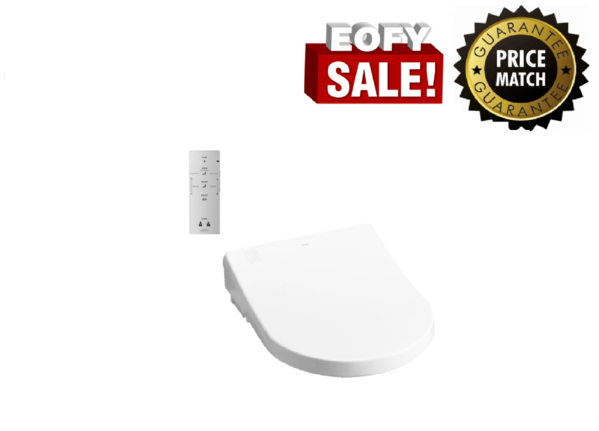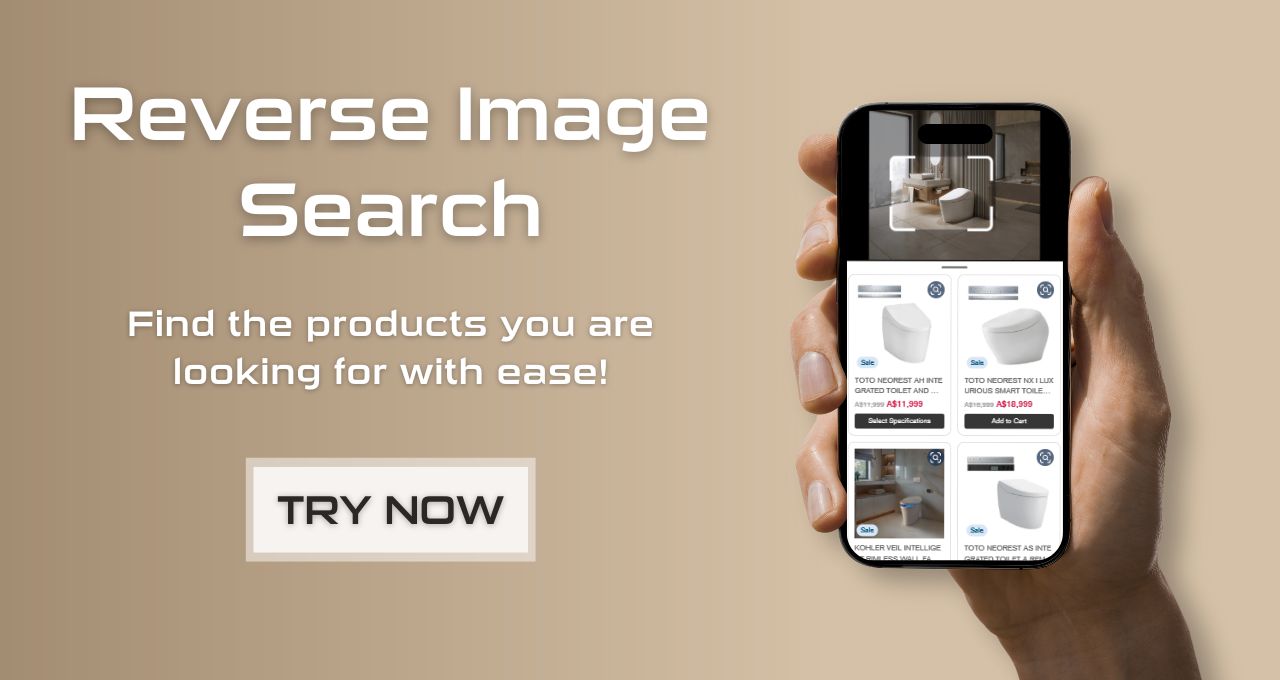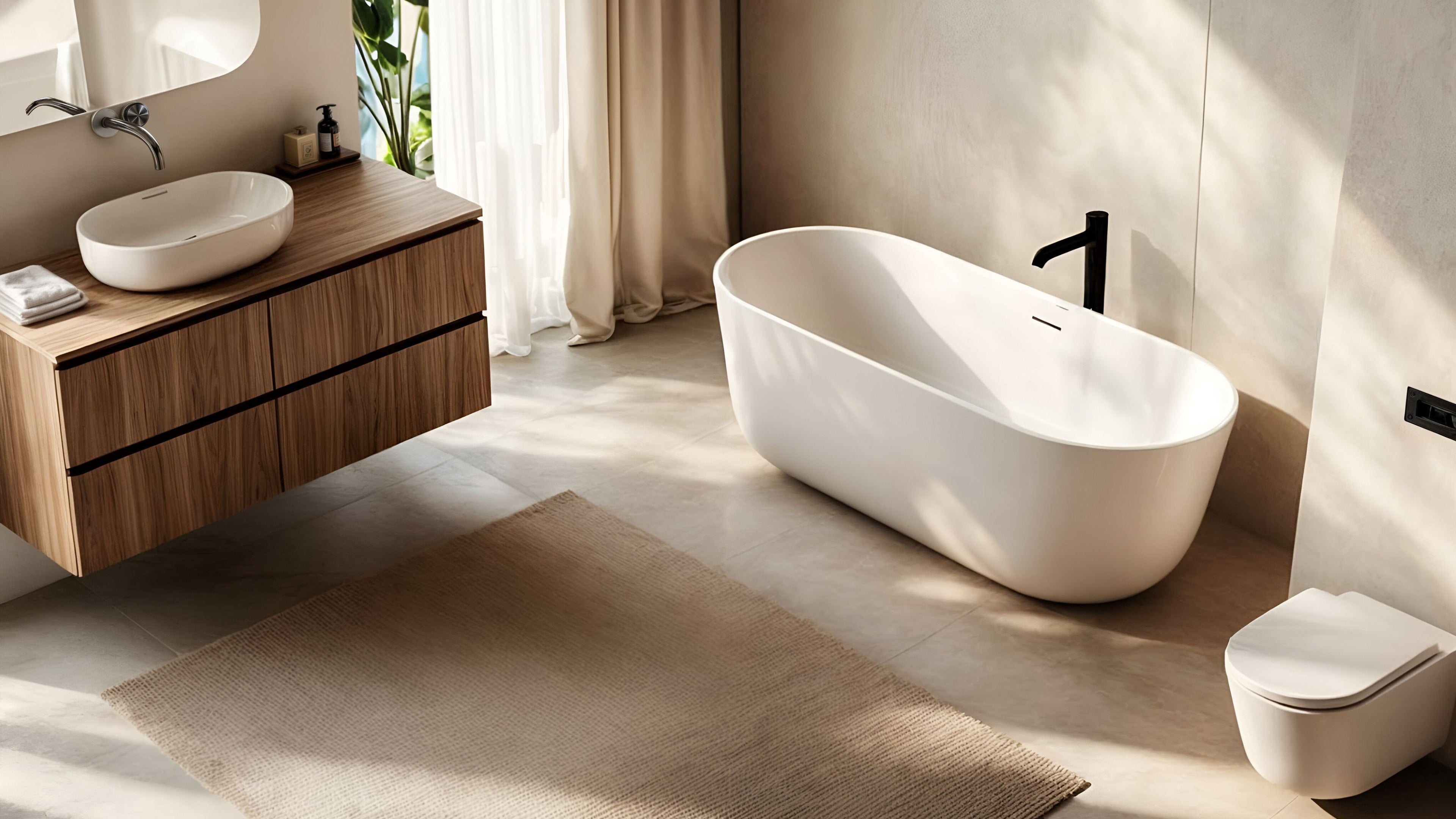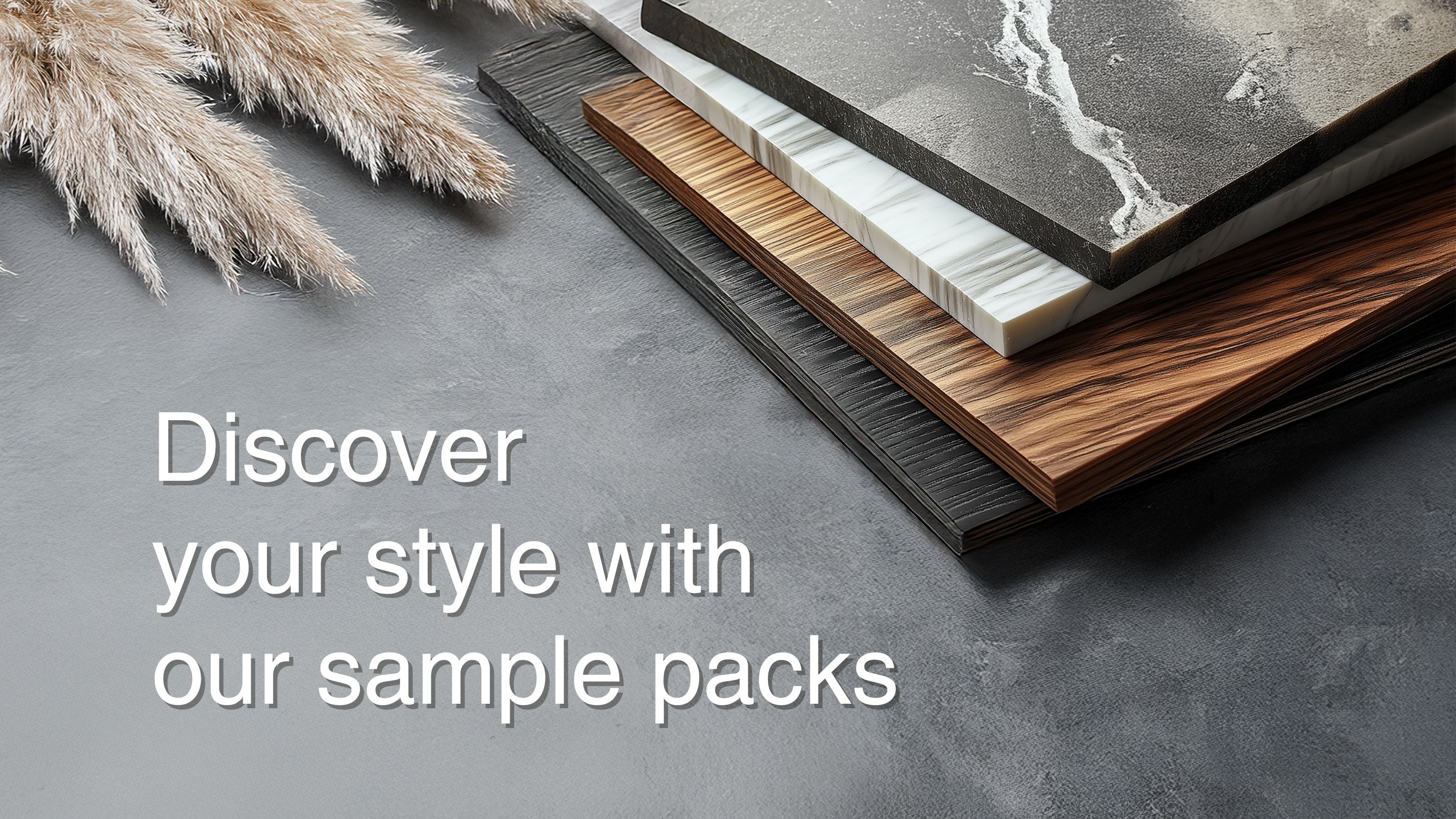You don’t just rub a dry towel when it comes to taking shower; then why rub a dry piece of paper when it comes to cleaning your bottom! A matter of concern? Of course, it is. When we have no problem using water while washing our hands, face and body; why does it sound odd to do the same for your bottom? It shouldn’t!
The term ‘bidet’ derives from the French term ‘little horse,’ for how you stand astride the novel standalone bidets. At their most elemental level, bidets squirt water in order to wash your bottom more carefully post using the toilet. Sophisticated toilet models also air-dry you off and they come with precise water heat, heated seats and nozzle adjustment features. Bidets, on the other hand, are a popular choice in Japan and France. However, today, you can find bidets in almost every house across Europe, Middle East, Asian countries and also North America. Although, Americans are relatively new to the trend, but the use of bidets is increasing.
Benefits of using bidets
- Improved personal hygiene. Cleaning your bottom with a dry piece of paper does, in fact, harm as over time you might get develop torn-up skins and a slight burning sensation because of that. Water, on the other hand, cleans your bottom mildly and thoroughly. Yes, you can adjust the in-built jet spray's force of water.
- Cleaning made simpler and easier. For many families with mobility issues, it gets painful to reach down and clean up with toilet paper. Bidet, on the other hand, comes with much easier and simpler features for elderlies.
- Environmentally-friendly. The use of bidet is better for our environment as then you don’t have to use anymore toilet paper, meaning the reduced rate of trees being cut down.
- Reduced risk of plumbing problems. When you are using bidets, you don’t throw toilet paper in the pot, meaning little or no risk of clogging.
Using bidet might seem a complex process at first. Austpek Bathrooms recommends you start with a bidet with the lowest water pressure until you become comfortable. However, as you become familiar with the bidet features, it’s unlikely that you’ll ever want to switch again.
How to use any bidet type
Bidet attachments and toilet seats are the most common types you will come upon in Australian homes, and they basically function almost the same. Installation is no rocket science, you only have to remove your existing toilet unit, mount the bidet and link it up with your existing toilet’s water supply. It will work like a magic. Every bidet attachment and toilet seat being used currently has a labelled control. The knobs and buttons, however, might be difficult to read sometimes, especially while you are sitting up there. This is why TOTO Bidets come with remote control. Now, whether you have an elderly at home or a teenager, everyone can read their instructions while doing the job.
How to use an electric bidet seat
Electric bidets typically have knobs or buttons on the side control panel. They also come with remote controls. The number of choices could seem challenging at first, however, one need not be anxious to experiment. For standard cleaning, you usually press the ‘rear’ and ‘wash’ or ‘front’ button, based on whether you are washing your hindquarters or front part. Usually, there is a nozzle position button that will move to the angle you need the cleaning and very precisely. As with non-electric bidets, there is a button to adjust the water pressure and temperature.
How to use a non-electric bidet
Non-electric bidet seats usually have a knob that you use for releasing the water. The water pressure increases with you turning the knob more. If you turn it slowly, you can avoid the discomfort at first. While high-pressure water does the wonder, you won’t want to hurt yourself at the same time. Some non-electric bidets might as well have knobs for nozzle positioning and water temperature. You could experiment with these to obtain the utmost comfort level. Although, you will want to be cautious with the hot water. Although hot water does a great cleaning job, but there is a probability of scalding. Having this said, we have never hurt ourselves with hot water or pressure of water when using a non-electric bidet seat. It is unlikely.
How to use handheld bidet sprayers
Bidet sprayers connected to your existing toilet’s water supply and function basically the same as the sprayer in your kitchen sink. Once you are done with your business, you grab the sprayer and point it where you need cleaning and you’re good to go. The debris and water must go into the bowl. You could as well adjust the water pressure amount. Austpek Bathrooms recommends starting with lower water pressure.
How to use a standalone bidet
Standalone bidet is the original bidet. It is typically made from ceramic and looks a lot like a toilet with a reservoir or lid. A standalone bidet is usually placed next to your traditional toilet since you are supposed to use them only after urinating or defecating. In order to use standalone bidets, you could straddle or sit on the bidet facing the fixtures or away from them. Be sure to position yourself right on top of the jet sprayers, turn the knob to release cold or hot water based on what you’re comfortable with. Austpek Bathrooms recommends beginning with cold water and then slowly adding hot water to avoid any little chance of scalding.
Do you still require toilet paper?
In case you are using a bidet that does not have an auto-drying feature, you will likely wish to dry off yourself before pulling up your clothing. This is where toilet paper comes to the rescue. Even with a bidet that has an auto-drying function, you might still need toilet paper, if you want to test the work of the bidet to ensure you are completely clean down there. The bidets are likely to do all the necessary works for you once you are done doing your business.






